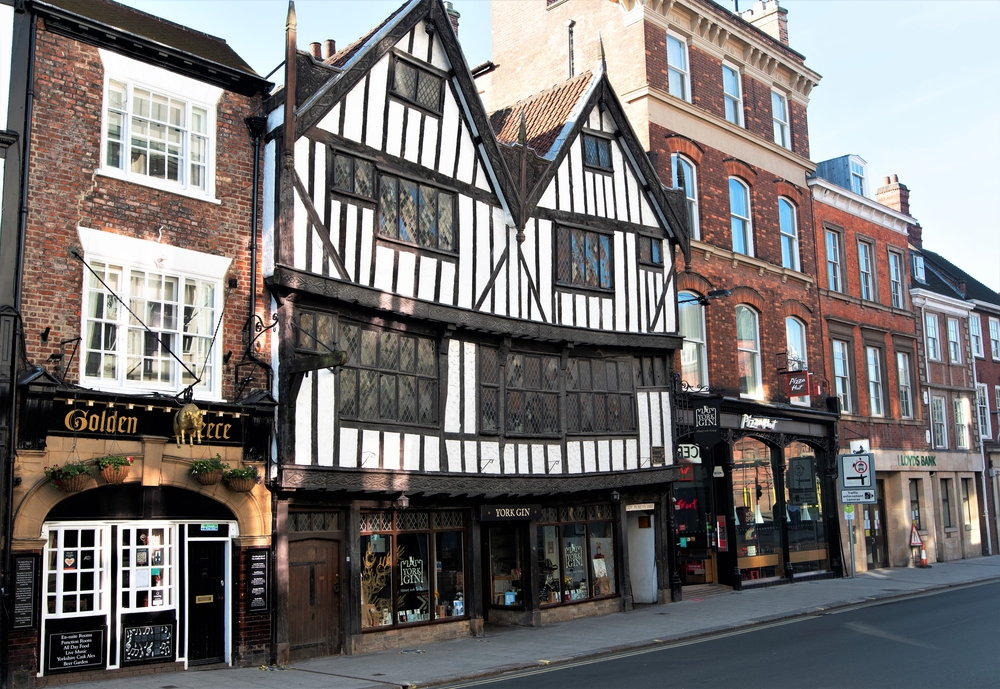Listed buildings are structures officially recognized for their architectural, historical, or cultural significance. In the United Kingdom, such buildings are legally protected by national regulations, aimed at preserving their unique character and historical importance. This protection ensures that the heritage embodied by these buildings is maintained for future generations to appreciate and learn from.

Understanding Listed Buildings
A listed building is included on a special register, which is maintained by the relevant heritage body in each part of the UK: English Heritage in England, CADW in Wales, Historic Environment Scotland, and the Northern Ireland Environment Agency. Buildings are listed when they are of particular architectural or historical interest in a national context.
Categories of Listed Buildings
Listed buildings Edinburgh are classified into three grades, which indicate the relative importance of each structure:
• Grade I: These are buildings of exceptional interest, often considered to be of international importance. Only about 2.5% of listed buildings are Grade I.
• Grade II*: Important buildings of more than special interest make up about 5.8% of listed buildings. This category is generally used for particularly important buildings that stand out in a national context.
• Grade II: Buildings of national importance and special interest. The vast majority of listed structures fall into this category, making up over 90% of all listed buildings.
Criteria for Listing
The criteria for listing include architectural innovation, decoration, craftsmanship, and association with historically significant events or people. Other factors might include the building’s age, rarity, and whether it forms part of a larger historic ensemble, like a square or a model village.
Implications of Owning a Listed Building
Owning a listed building comes with certain responsibilities aimed at preserving the structure’s character. Any planned alterations that might affect the building’s special interest require approval from the local planning authority, through a process known as “Listed Building Consent.” This is essential even for minor modifications such as adding windows or doors, or internal changes that would not normally require planning permission.
Challenges:
Maintenance: Listed buildings often require more frequent and more specialized maintenance using traditional materials and techniques, which can be costlier than modern alternatives.
Insurance: Insurance for listed buildings can be more expensive due to the potential high cost of repair works, which need to match original materials and methods.
Regulations: Navigating the regulatory framework and the necessity for obtaining the correct permissions can be time-consuming and complex.
Benefits:
Cultural Heritage: Owners of listed buildings contribute to preserving cultural heritage, providing continuity in a rapidly changing world.
Financial Incentives: In some cases, grants and funding may be available for the repair and maintenance of listed buildings, especially those at risk.
Investment Value: Well-maintained historic buildings in good locations often retain or increase their value over time, owing to their unique characteristics and appeal.
Conclusion
Listed buildings are much more than just structures; they are the repositories of history, linking the present to the past. They tell stories of different eras, architectural styles, and the people who built and used them.